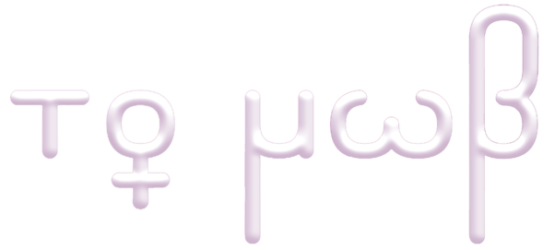By Shiromi Pinto 20 November 2017
Never heard of ‘doxxing’? Then you’ve come to the right place. Here are six things you should know about online violence and abuse.
Online violence and abuse against women has become a far too common experience. More so, if you’re a woman from a minority racial, ethnic or religious background, a woman with disabilities, or if you’re a lesbian, bisexual or trans woman – or any combination of these. Overall, this type of violence and abuse creates a hostile online environment with the aim of shaming, intimidating or degrading women. Not all forms are crimes, but all impact on the human rights of women. In a recent poll commissioned by Amnesty and carried out in eight countries by Ipsos MORI, 23% of women surveyed across all countries – that’s nearly a quarter – had experienced online abuse or harassment. So, what are the different types of online abuse? And just what is doxxing? Read on and find out.
Threats of violence
Taking many different forms, online violence and abuse against women is an extension of offline violence and abuse against women. It can include direct and indirect threats of violence, such as physical or sexual threats. Of the women surveyed who said they’d experienced online abuse or harassment, 26% said they had been threatened (directly or indirectly) with physical or sexual violence. In some instances, such threats can quickly spill over into the offline world. Pamela Merritt, US activist and blogger at AngryBlackBitch.com, has received hundreds of threats online: “I have basically reconciled myself with the fact that I’m prepared to die for the work that I do. That might happen. If you get 200 death threats, it only takes one person who really wants to kill you.”
Discrimination
Content that is sexist, racist, homophobic or otherwise targets someone’s identity, as well as material that aims to belittle, humiliate or undermine an individual. UK MP Diane Abbott explains how the abuse she receives not only targets her gender but also her race: “People sent us hundreds of emails using the word nigg*r — that’s the sort of response we get. It’s highly racialised and it’s also gendered … they talk about my physical appearance in a way they wouldn’t talk about a man. I’m abused as a female politician and I’m abused as a black politician.”
Online harassment
Involves one or more people working together to repeatedly target a woman using abusive comments or images over a short or coordinated period of time, with the aim of humiliating or otherwise distressing her. Seyi Akiwowo, UK politician and Founder of Glitch! UK, a campaign against online abuse, described how she was attacked online after a video of her speech at the European Parliament went viral: “there were floods and floods of… hateful, racist and sexist comments and slurs.” She later discovered that her video was hosted on a neo-Nazi site. “I was on neo-Nazi website, and their followers were being encouraged mob attack me on Youtube and Twitter.”
Doxxing
Revealing personal or identifying documents (or docs=dox) or details online about someone without her consent. This can include personal information such as a person’s home address, real name, children’s names, phone numbers and email address. A violation of a person’s privacy, the aim of doxxing is to distress, panic and otherwise cause alarm. Of the women surveyed who had experienced online abuse or harassment, 17% said their personal details had been revealed online in this way. Pamela Merritt’s experience shows how dangerous publicly posting private information can be: “I had one incident when I got an email from the FBI; they needed to talk to me about some activity related to my blog. There was a white supremacist who was actively trying to find out where I live. That took it to another level.”
Sharing sexual and private images without consent
Frequently carried out by an ex-partner with the aim of distressing, humiliating or blackmailing an individual, this act is sometimes referred to as “revenge porn”. However, this is a charged and unsatisfactory term that fails to convey that sharing such content violates an individual’s right to privacy. While a woman may have initially consented to taking images and voluntarily shared them with an individual, she may not have given that person permission to share them more widely. It’s the non-consensual aspect of “revenge porn” that, in part, makes it distinct from sexually explicit content online more broadly. 10% of women polled in the USA who had experienced online abuse or harassment said they had been victims of this type of abuse.
And who’s behind the violence and abuse? Meet the…
Troll
Sometimes the culprit or culprits involved in the activities outlined above. Although in some instances, those behind the abuse may be known to the woman, in others, the abuse comes from complete strangers. Of the women surveyed who said they’d experienced online abuse or harassment, 59% said the perpetrators were complete strangers while 15% said the abuse was carried out by a current or former partner. Internet trolls are not fantastical beings living under bridges, but ordinary people who deliberately post abusive comments, sometimes with the express intention of causing alarm, distress or humiliation, and pushing women offline. Sometimes, trolls will launch coordinated and targeted attacks against individuals online, which can include any or all of the forms of violence and abuse above.
Ultimately, all forms of online violence and abuse have a chilling effect on women, violating their right to freedom of expression. Not only do women tend to censor themselves out of fear of online reprisal but they may leave social media platforms altogether. Whichever way you look at it, women are being silenced. Yet, like everyone else, women have the right to express themselves freely and without fear. Read more about the devastating impact of online abuse on women.
Circulated by Amnesty International





